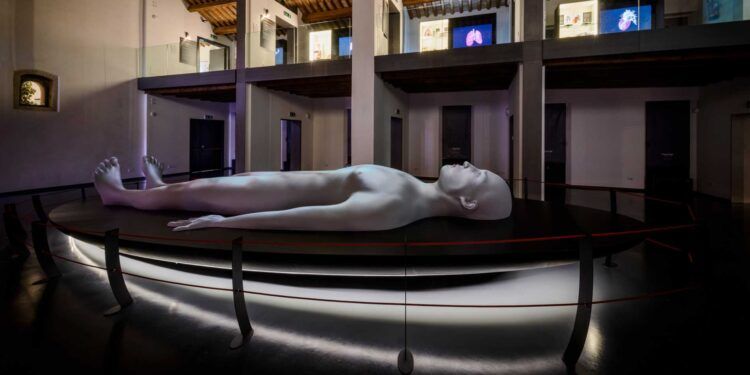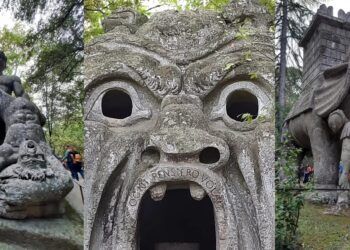The Padua Museum of the History of Medicine, also known as the Palazzo Maccabeano Museum, is located within the ancient Palazzo del Bo in the University of Padua, Italy. It is one of the most important and oldest medical history museums in the world.
The museum has a history dating back to 1594, when the University of Padua decided to establish a collection of scientific objects. However, the Palazzo Maccabeano Museum was only officially inaugurated in 1701, thanks to the legacy of a doctor and university professor named Antonio Vallisneri.
What can you learn about in the Museum of the History of Medicine?
The museum’s collection focuses primarily on the history of medicine and anatomy, and contains a wide range of objects, instruments, books and anatomical preparations. Inside it is possible to admire ancient anatomical tables, surgical instruments, wax anatomical models, manuscripts and more. These objects bear witness to the evolution of medical practice over the centuries.
One of the museum’s most popular attractions is the Anatomical Amphitheater, a 17th-century classroom used for anatomy lessons. The amphitheater is built in wood and has a horseshoe-shaped structure, with a student gallery surrounded by three tiers of bleachers for spectators. Even today, it is used for academic purposes and for graduation ceremonies.
The Museum of the History of Medicine of Padua offers visitors a unique opportunity to explore the history of medicine and learn about the scientific advances that have led to current knowledge. It is a place of great importance for medical students, medical professionals and history buffs.
If you have the opportunity to visit Padua, I highly recommend you pay a visit to this museum. It’s a fascinating experience that will allow you to immerse yourself in the past and appreciate the contributions of medical pioneers.
Photo of Musme – Museum of the History of Medicine. For more information, visit the museum’s official website.











Discussion about this post